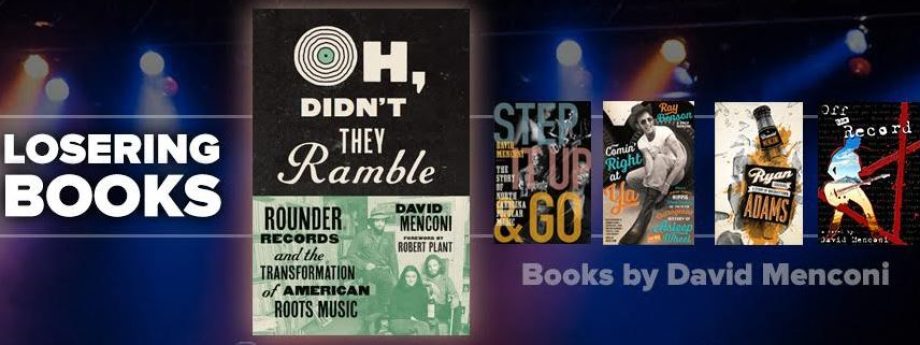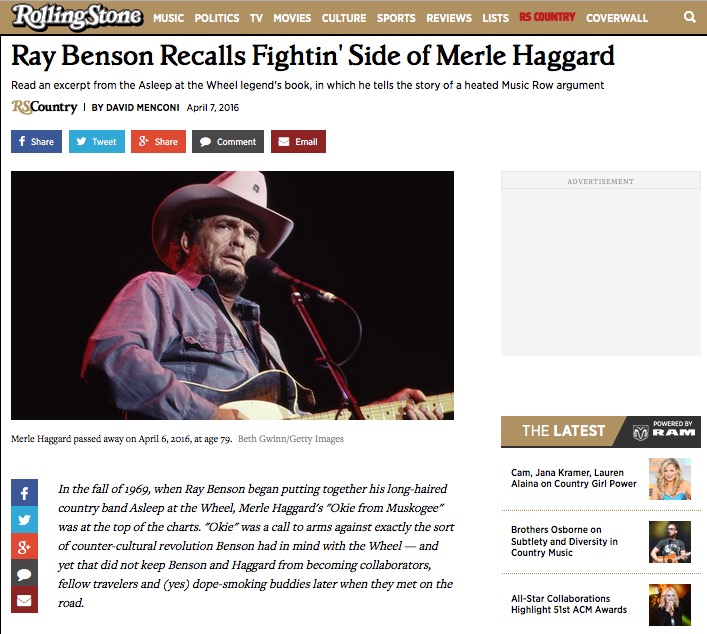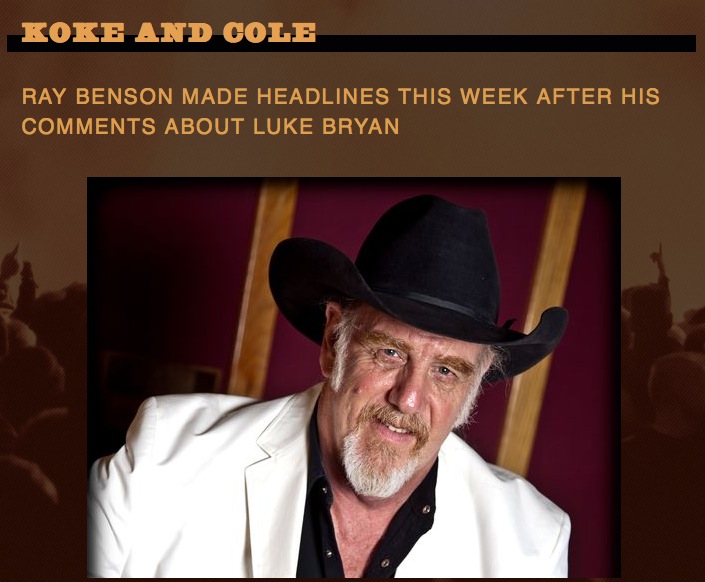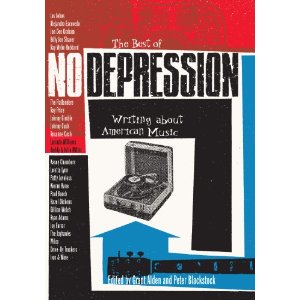Ten long years ago, a friend of mine named Peter Blackstock began talking about a music magazine he was starting. “No Depression,” they were going to call it, after “No Depression in Heaven” — a 1936 Carter Family song covered by the upstart band Uncle Tupelo. Uncle Tupelo was one of a number of young bands coming to country music by way of punk rock in the 1990s, alongside the Jayhawks, Old 97s, Freakwater and others. No Depression was going to cover these bands, as well as oldtimers like Johnny Cash, Merle Haggard and Emmylou Harris.
It was an ambitious undertaking, and I’d like to be able to say that my response was, “Wow! What a fantastic idea!” A decade later, I am mortified to confess that I didn’t take No Depression too seriously at first. In fact, when Peter asked me to write something for the magazine’s first issue, I told him I wasn’t sure I’d have time.
Peter was an old and dear friend, and I had some familiarity with his quirks — his obsession with the songs of Jimmy Webb, for example, or his habit of driving halfway across the country for a dinner date. When I lived in Boulder, he showed up from Texas semi-unannounced more than once. Another time, I remember Peter calling from a payphone somewhere in the Texas Panhandle to ask if I could make him a cassette tape of Joe Jackson’s new live album. He had an assignment to review it, and he was going to pass through Colorado on one of his spur-of-the-moment driving trips. So he was wondering if he could come by and pick that up on the way, from a different time zone.
I’ve watched a lot of startup magazines come and go. At the time, there seemed no reason to think that No Depression would be more than another of Peter’s quixotic quests. But he was persistent. Peter wanted me to do a short feature on a Raleigh band called Whiskeytown, and he had already developed an editor’s knack for just which button to push to get me to do it. “If you can’t do it,” he wrote in an e-mail, “we can probably find someone else, but not as good a writer as you.” I like flattery as much as the next guy. So I finally said yes, even though Peter did not yet have the wherewithal to pay any of his writers. But I would not come away from this assignment empty-handed.
That summer of 1995, I was deep in the trenches of attempted literature, writing a novel about a fictional rock band. The leader of this band in my head was a self-conscious young man with some very screwed-up ideas about stardom and celebrity; a guy who was equal parts brilliant and crazy; and a person at war with himself because he desperately needed people to like him but could only express that as arrogance.
In short, this character I was struggling to bring to life was Ryan Adams, leader of the aforementioned Whiskeytown. My fictional rock star was named Tommy Aguilar. I originally envisioned him as Dexter Romweber, unhinged guitarist in another local band called Flat Duo Jets. That took care of Tommy’s crazy and unstable half. But he was still missing the boundless ambition and rock-star swagger I had in mind. For that, Ryan turned out to be the perfect model.
I went to every Whiskeytown show I could, lurked nearby whenever the opportunity presented itself and wrote about them often. Whiskeytown moved swiftly up the local and national totem pole, signing a major-label deal in 1996 and earning big plaudits for 1997’s Stranger’s Almanac — still my favorite record from Ryan’s entire catalog. Likewise, No Depression magazine was an immediate success. After paying all the contributors with a T-shirt for issue number one, Peter was able to start paying his writers actual money by the second issue. The magazine also went from quarterly to bi-monthly publication in the fall of 1996.Whiskeytown appeared on the cover of the July/August 1997 issue when Strangers Almanac came out, although Peter wrote that story himself instead of letting me do it, the no-good so-and-so. But it has been a pleasure and an honor to be associated with No Depression over the years, and to watch it grow from those modest beginnings to the very impressive magazine it is today. I believe I’ve had a byline in every single issue except one.
Meanwhile, I was still spending the wee small hours of every morning working on this novel, now called “Off The Record.” Tommy became Ryan, although there were times when it seemed like Ryan was becoming Tommy. In 1998, I was commissioned to write liner notes for a Whiskeytown record — the reissue of their first album, Faithless Street. It was an utter fiasco in which Ryan behaved so neurotically, I felt like I was being held hostage by my own fictional creation. I wrote multiple drafts, each of which was found wanting. Ultimately, the album came out with liner notes by Caitlin Cary rather than me, which was probably karmic justice.
But having Ryan as a model for Tommy Aguilar was a God-send. Like Ryan, my fictional Tommy is dark-haired, kind of pigeon-toed and sometimes wears the same thick-framed glasses favored by Brian Wilson. WWRD (What Would Ryan Do?) was a handy guide for whatever the Tommy character should say or do in a given situation. And imagining dialogue in Ryan’s voice was very useful.
Predictably, Whiskeytown fell apart after a few years, and Ryan started a solo career. His first solo album was called Heartbreaker and it came out in September of 2000, the same month No Depression published my profile of Ryan that’s in this book. And that was also the month that “Off The Record” finally came out. Early on, I tried to be circumspect about the connection between Tommy and Ryan. But enough reviews noted the similarities that I soon gave that up.
As it happened, this No Depression profile would mark the beginning of the end of whatever personal relationship I had with Ryan. I was pleased with how the story turned out, and I felt like it really captured him. But lots of people were very unhappy with it. Ryan’s ex-girlfriend, the subject of many of the songs on “Heartbreaker,” was furious about being identified by name. Ryan’s manager didn’t like the story, either, for reasons I never really understood. And Ryan himself responded with a puzzling e-mail — dated September 11, 2000, eerily enough.
“I am very angry with you but only out of love,” Ryan wrote. “I’ve discovered that you don’t know me very well. It isn’t even important. You are much more beautiful without me to consider. I’m drunk and in Seattle and I just went to see a spiritualist guide (they call him a shaman) and my life is changed. Hard changed. I hope to think about you in my meditations. Peace and cookies, R.”
(NOTE: To see this email reproduced in all the typo-ridden glory of Ryan’s original message, see the “Losering” preface.)
The last conversation I ever had with Ryan took place the following spring, in April of 2001. He called me at home one night, angry about a bad review someone else had written, to ask if I thought he should confront the writer about it. No, Ryan, I said, you should really just let it go — even though I knew he wouldn’t. And sure enough, I heard that he left a screaming rant on that other writer’s answering machine later that night.
(NOTE: “That other writer” was none other than Angie Carlson.)
We talked for a while that night. Ryan said he was working on a screenplay, a book and three different records. One of the albums was called Gold. “It’s so fuckin’ good, man,” Ryan said. “I hope you like it.” But I didn’t much like Gold when it came out a few months later, even though that was the record that made him a star and picked up multiple Grammy nominations. So what do I know?
In our last conversation, Ryan never mentioned this No Depression feature that seemed to upset him so much. He did, however, bring up “Off The Record.” He hadn’t yet read it, but he said, “I’ve been told that the lead character is like an unholy cross between myself and Dexter Romweber.” Well, Ryan, I said, you’ll just have to read it and let me know what you think. “Maybe I’ll do that,” he said.
I’ve always thought that if Ryan were to read “Off The Record,” he would claim to be pissed off. Secretly, however, he would be pleased to be a central figure in a book about rock mythology — because Ryan is nothing if not all about rock mythology. Maybe that’s what happened, maybe not. I guess I’ll never know.












